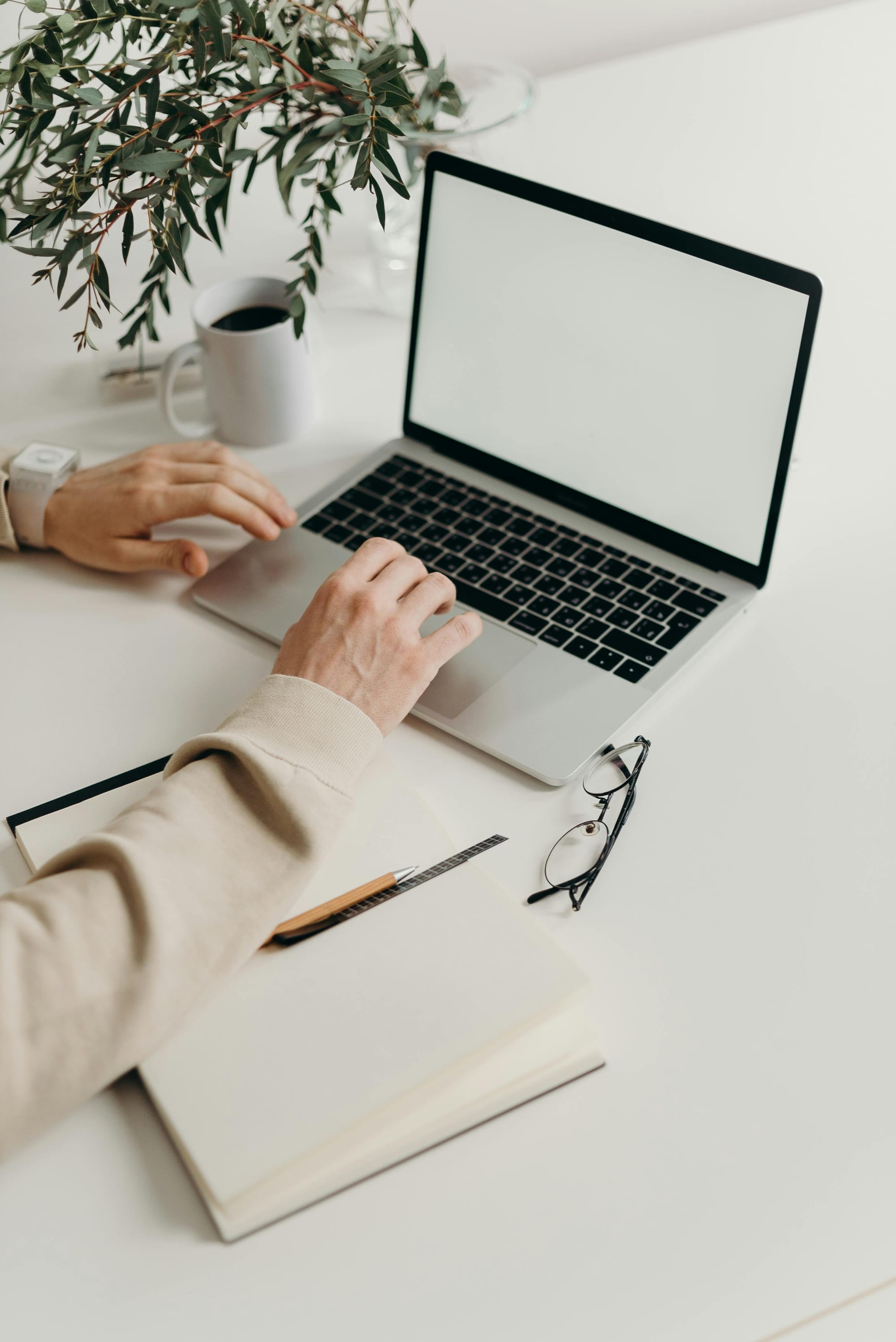Why attempting to multitask could be sabotaging your productivity.
While there are few universally-accepted worldviews, most of us can agree that there's never enough time in the day to get everything done.
For some, the constant race against the clock manifests setting our alarm extra early to squeeze in a 6 am workout before a big day at the office. For others, it means staying back late after hours or taking our laptop home to try and get through our ambitious to-do lists before the end of the week. With so many priorities to juggle in work and life, trying to multitask and tackle them all at once can feel like the only option.
However, this perpetual juggle could be the very thing sabotaging your progress. For instance, the act of task-switching and juggling multiple priorities at once have been shown to negatively impact the speed and accuracy of our work, causing as much as a 40 per cent reduction in productivity.
The truth is — most of us can’t actually perform a number of tasks at once, making multitasking a matter of distorted perception. As much as we might believe we’re getting ahead by answering emails while on a conference call, it’s almost impossible to complete both tasks simultaneously without making a mistake or two.

In a study by scientists at the Institut National de la Santé et de la Recherche Médicale (INSERM), multitasking caused study participants to forget nearly half of the tasks they were asked to perform. Plus, it caused an increase in the number of mistakes made, due to the extra stress multitasking puts on the brain.
When we work on multiple tasks at once, the right and left sides of our prefrontal cortex (the part of the brain associated with focus and concentration) is split between these competing tasks and unable to work at its full capacity. By dividing the power of our brain through multitasking, we’re reducing our chances of completing work accurately and productively.
Plus, multitasking requires us to context switch, which is highly mentally taxing and tends to heighten feelings of stress, fatigue and even anxiety.
In today’s fast-paced world, it’s almost inevitable that we'll fall prety to multitasking every now and again. However, to optimise your time without burning out, it’s important to work towards reducing multitasking behaviour in work and life. Here's how:
Reinvent your to-do list

It might sound obvious, but writing an effective to-do list is one of the best productivity habits you can develop — as it enables you to focus on what’s most important based on urgency and priority. After all, if everything is a priority, then nothing is a priority. However, not all to-do lists are created equal. Some essential criteria include:
- Order tasks based on urgency and importance
- Batch similar tasks together to enter deeper states of concentration
- Make each task clear, specific and measurable
- Leave extra time for any urgent or unexpected tasks that may arise during the day
Identify your working style
If you've ever worked in an office, you'll have noticed that everyone has their own way of getting things done. You might be the social butterfly, who thrives on running group brainstorm sessions to tackle a tricky project. Or, perhaps you're the quiet achiever who likes to dive deep into complex tasks on your own and comes to meetings thoroughly prepared with detailed notes and suggestions.
One of the best strategies to beat multitasking and boosting your productivity is to identify your unique working style. Otherwise, you can set yourself up to fail by trying to fit a round peg into a square hole. There are countless online quizzes and questionnaires you can take to find out what category you fall into. Some of the most popular working style quizzes include:
- The DiSC Behaviour Inventory: one of the oldest work personality quizzes that helps identify your professional behaviour style and how you work as part of a team.
- Myers-Briggs Personality Type Indicator: although not exclusively a work-related test, this popular quiz helps identify which of the 16 personality types fits you best.
- Crystal Test: this free online quiz helps you discover how your personality type impacts the personal and professional relationships you form with others.
Design your environment

For those who struggle to stay focused, taking some time to organise your workspace can have huge benefits to your levels of concentration at the office.
In fact, a UK study found that 40 per cent of respondents identified a messy workspace as a key factor that has a negative impact on their productivity at work (with 20 per cent believing a messy desk actually adds to their work and mental load).
If you’re struggling to stay on track and constantly find yourself feeling overwhelmed and flustered, consider re-organising your workspace. Start by cleaning up any rubbish, old coffee cups or food packaging and washing up any used mugs, plates or bowls. Next, file away any loose paperwork into filing cabinets or folders and store away unused books or stationery that you don’t need on a regular basis. By clearing the clutter off your desk and removing the visible mess, you’ll be less likely to become distracted by the space around you and will be more likely to stay on task throughout your workday.
Take control of your notifications
How many times do you check your phone at work? From emails to text messages and even bank alerts, pop-up notifications are a nightmare for those trying to beat multitasking. Why? Because these alerts pull you away from the deep work you are trying to do and can divert your attention towards an unrelated (and often irrelevant) task.
To give yourself the best chance of staying focused at work, make sure to switch off all unnecessary pop-up notifications on both your phone and computer. Another strategy can be to switch your phone to ‘Do Not Disturb’ mode, particularly when you have an important task that needs your full attention. By changing these settings, you’ll be able to eliminate the chances of unwanted distractions to ensure you don’t end up scrolling your way through social media when you should be writing the end of month report.
Schedule in breaks
Although it might sound counterintuitive, setting aside time for breaks throughout your day is essential to avoid multitasking. Why? Because we all need a chance to pause and refresh before moving from one important task to the next. By working in 60 to 90-minute blocks, you’ll be able to get through large chunks of deep work while also leaving yourself the chance to step away from your desk to get a breath of fresh air at regular points throughout the day.
